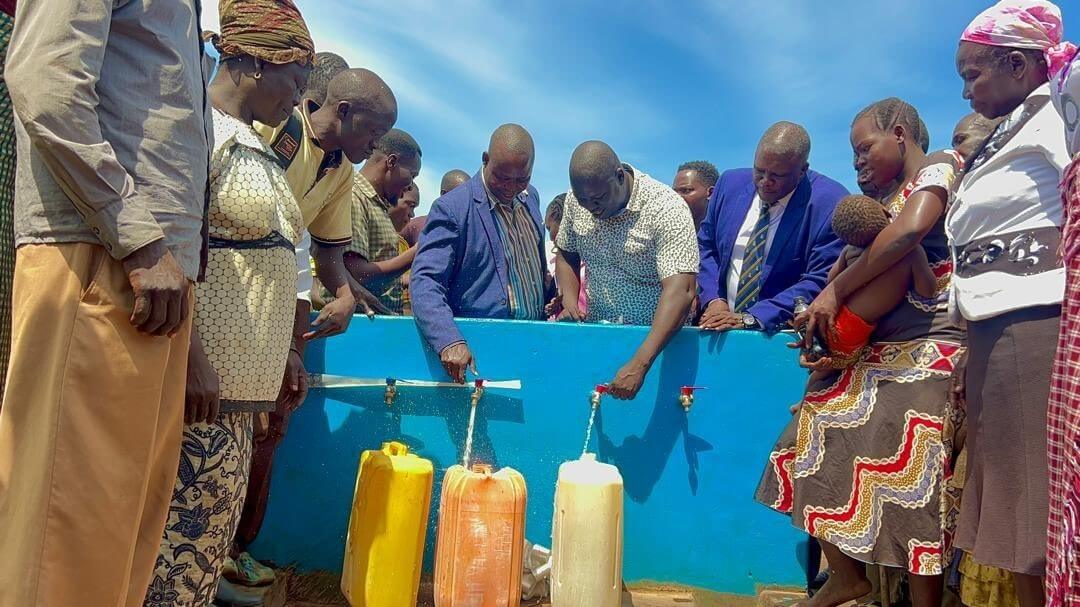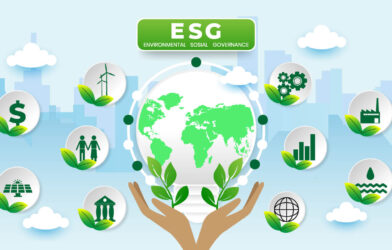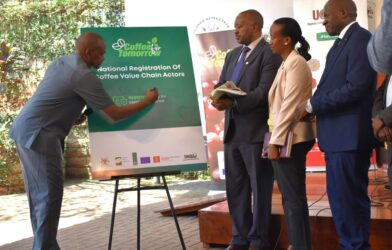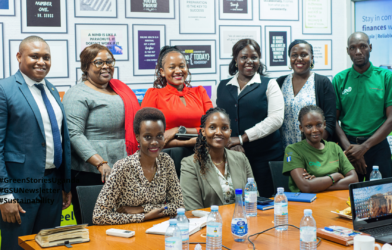Photo courtesy: Ministry of Water and Environment
By: Jonathan Wesonga | WASH Technician | Water Mission Uganda
As the population of Uganda continues to soar, the country is facing an increasingly dire water crisis that threatens the livelihoods and wellbeing of its citizens. However, a range of promising strategies and technologies are emerging to help address this pressing challenge.
According to data from the World Bank, Uganda has experienced a surge in extreme weather events in recent decades, including 20 floods, 40 epidemics, 9 droughts, and 5 landslides since 1900 to 2018. These climate change-driven disasters have wreaked havoc on the country’s water infrastructure, drying up established sources and contaminating others.
Adding to the pressure, Uganda’s population has grown rapidly, reaching an estimated 45.6 million in 2023, up from 34.6 million in 2014. This growth has outpaced the expansion of water systems, leaving many households with inadequate access. The average Ugandan household currently receives just 30.9 liters of water per day, falling short of the 35.25 liters recommended by the 2018 Sphere Standards Handbook.
However, communities across Uganda are adopting innovative solutions to conserve and enhance their water supplies. One of the most prominent strategies is rainwater harvesting, which involves capturing runoff from rooftops and channeling it into storage tanks. This approach has proven highly cost-effective, especially in areas with reliable rainfall patterns.
Farmers are also embracing more efficient irrigation methods, such as drip systems that deliver water directly to plant roots. “Unlike sprinklers that spray water over an entire field, drip irrigation conserves water by applying it precisely where it’s needed,” explained Jonathan.
While these household and community-level initiatives are making a difference, unlocking Uganda’s full water security potential will require concerted efforts across the public and private sectors. Stakeholders are exploring ways to establish effective public-private partnerships that can leverage diverse resources and expertise.

Coordination between the government, NGOs, and private companies is essential as well as sharing data, costs, and responsibilities, to accelerate the deployment of sustainable water projects that benefit everyone.
Policymakers are also recognizing the need for regulatory reforms to incentivize sustainable water management. Proposals include measures to protect groundwater sources from over-extraction and contamination, as well as incentives to promote rainwater harvesting and modern irrigation technologies.
As Uganda continues to grapple with the water crisis, its people are demonstrating resilience and innovation. With the right mix of community-driven solutions and strategic public-private collaborations, the country may yet find a path to a more water-secure future. Full Exclusive Interview!














Comments are closed